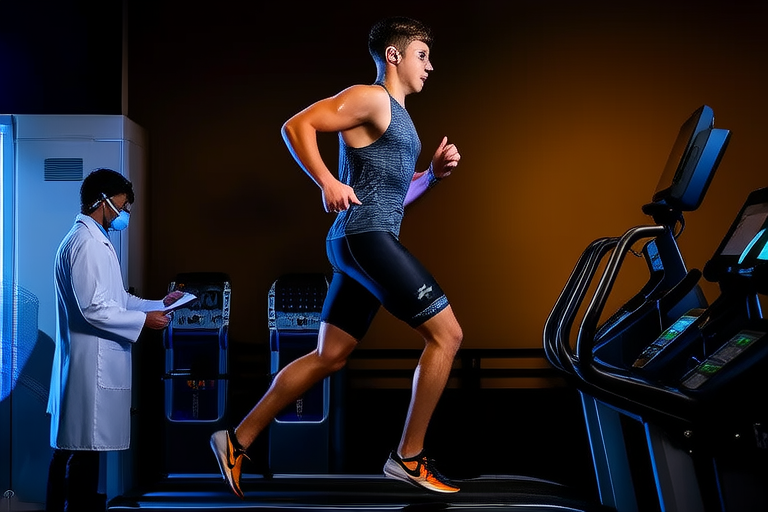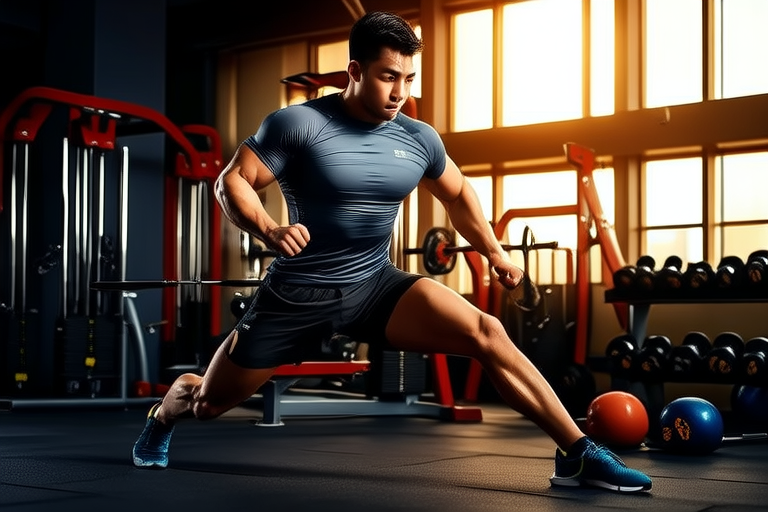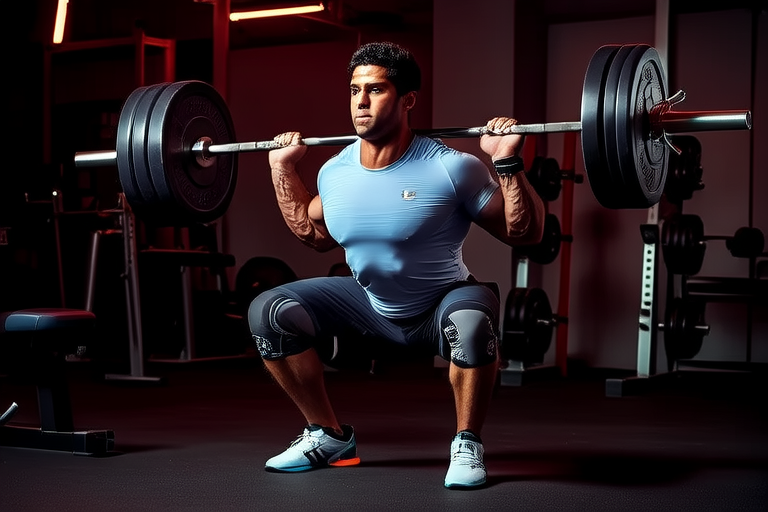Mastering Sports Science: Tips and Precautions for Optimal Performance
Introduction
The field of sports science encompasses a broad range of disciplines designed to enhance athletic performance while ensuring the safety and well-being of athletes. This article aims to provide a comprehensive guide to mastering sports science by offering practical tips and precautions that can lead to optimal performance. From understanding the basics of sports science to mental strategies, this article will cover all aspects necessary for athletes to excel in their respective fields.
Understanding the Basics of Sports Science
Sports science integrates various disciplines such as physiology, biomechanics, psychology, nutrition, and injury prevention. Physiology studies how the body functions during exercise, including cardiovascular, respiratory, and muscular responses. Biomechanics focuses on the mechanics of human movement, optimizing techniques for efficiency and reducing the risk of injury. Psychology explores the mental aspects of sport, enhancing motivation and concentration. Nutrition provides guidelines for fueling the body effectively, while injury prevention emphasizes safe training practices.
For instance, understanding the role of oxygen in muscle contraction helps athletes optimize their breathing techniques during high-intensity activities. Similarly, knowing how different muscle groups function can improve training regimens, leading to better overall performance.
Key Tips for Enhancing Performance
To enhance performance, athletes should focus on specific areas such as strength training, flexibility exercises, and skill development. Strength training builds muscle mass, increasing power output and endurance. Flexibility exercises prevent injuries and improve range of motion, crucial for dynamic sports like basketball or soccer. Skill development involves repetitive practice to master specific movements, which is essential for precision sports like archery or shooting.
Additionally, incorporating interval training into workouts can significantly boost performance. Interval training alternates between high-intensity bursts and recovery periods, enhancing cardiovascular fitness and metabolic efficiency. For example, sprint intervals followed by walking can improve running speed and stamina.
Precautions to Avoid Injuries
Injuries are a common concern for athletes, but they can be mitigated through proper preparation and awareness. Warming up before exercise increases blood flow to muscles, preparing them for physical activity. Cooling down afterward helps reduce muscle stiffness and promotes faster recovery. Stretching regularly improves flexibility and reduces the likelihood of strains or sprains.
Proper footwear and equipment are also critical in preventing injuries. Shoes should fit well and provide adequate support for the specific sport being played. Protective gear, such as helmets or knee pads, should always be worn when appropriate. Furthermore, listening to one’s body is paramount; pushing too hard without adequate rest can lead to overuse injuries.
Nutrition and Hydration Guidelines
A balanced diet rich in carbohydrates, proteins, fats, vitamins, and minerals supports athletic performance. Carbohydrates serve as the primary energy source during prolonged exercise, while proteins aid in muscle repair and growth. Fats contribute to energy storage and hormone production. Vitamins and minerals play vital roles in various bodily functions, including immune system support.
Hydration is equally important, as dehydration can impair cognitive function and physical performance. Athletes should drink water throughout the day and during exercise, especially in hot weather. Electrolyte drinks may be beneficial during intense or prolonged sessions to replace lost salts.
Importance of Rest and Recovery
Rest and recovery are often overlooked but are crucial for maintaining peak performance. Sleep allows the body to repair tissues and consolidate memories, enhancing learning and adaptation. Active recovery, such as light stretching or walking, can promote blood circulation and reduce muscle soreness.
Periodization, dividing training into phases with varying intensities, ensures athletes have adequate time to recover and adapt to increased demands. Incorporating days off from training also prevents burnout and maintains long-term motivation.
Mental Strategies for Athletes
Mental strategies play a significant role in an athlete’s success. Visualization techniques involve mentally rehearsing successful performances, building confidence and reducing anxiety. Positive self-talk reinforces a growth mindset, encouraging perseverance through challenges.
Goal setting provides direction and motivation, breaking down larger objectives into manageable steps. Mindfulness practices, such as meditation or deep breathing exercises, help manage stress and improve focus during competition.
Conclusion
Mastering sports science requires a holistic approach that considers physiological, psychological, nutritional, and recovery factors. By understanding the fundamentals of sports science, implementing effective training methods, taking precautions against injuries, adhering to proper nutrition and hydration guidelines, prioritizing rest and recovery, and employing mental strategies, athletes can achieve optimal performance while safeguarding their health.
Ultimately, continuous learning and adaptation are key components of success in sports. Staying informed about advancements in sports science and applying these insights thoughtfully will enable athletes to reach new heights in their careers.










